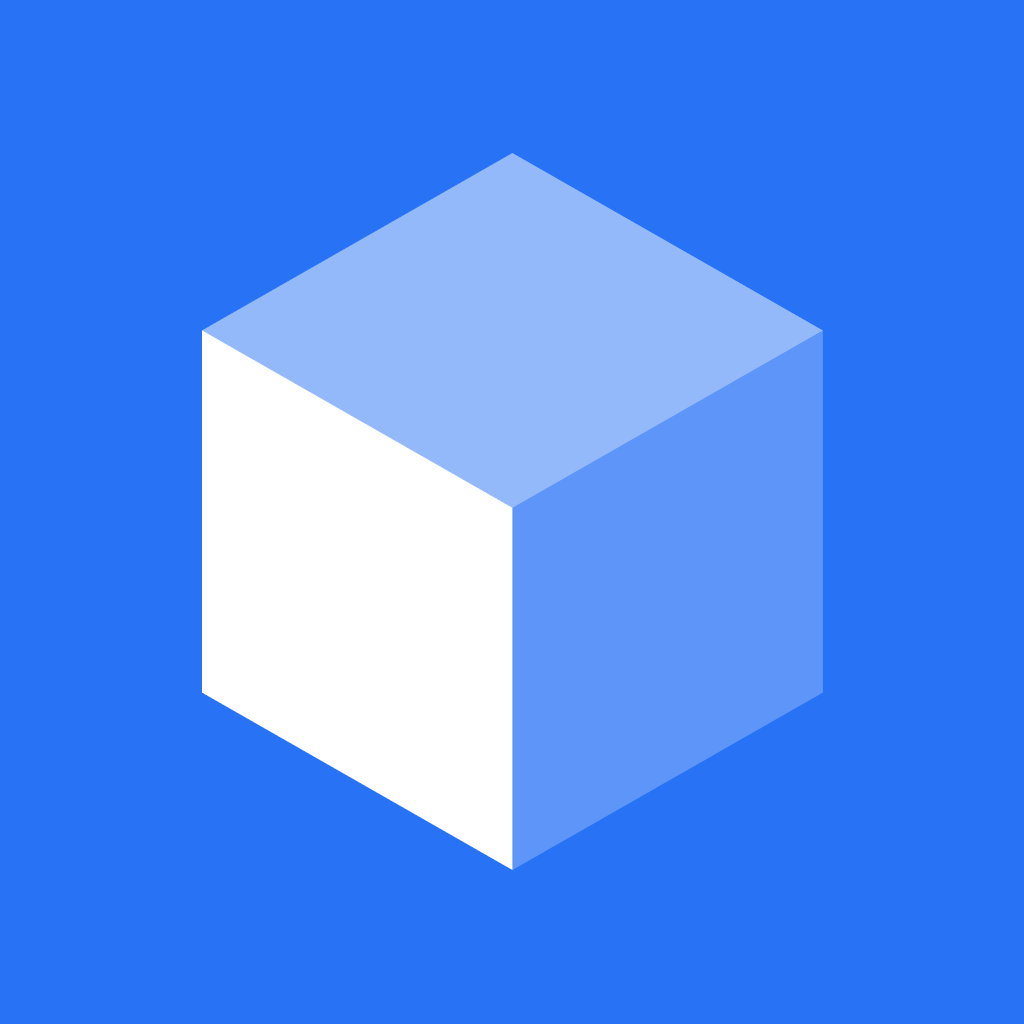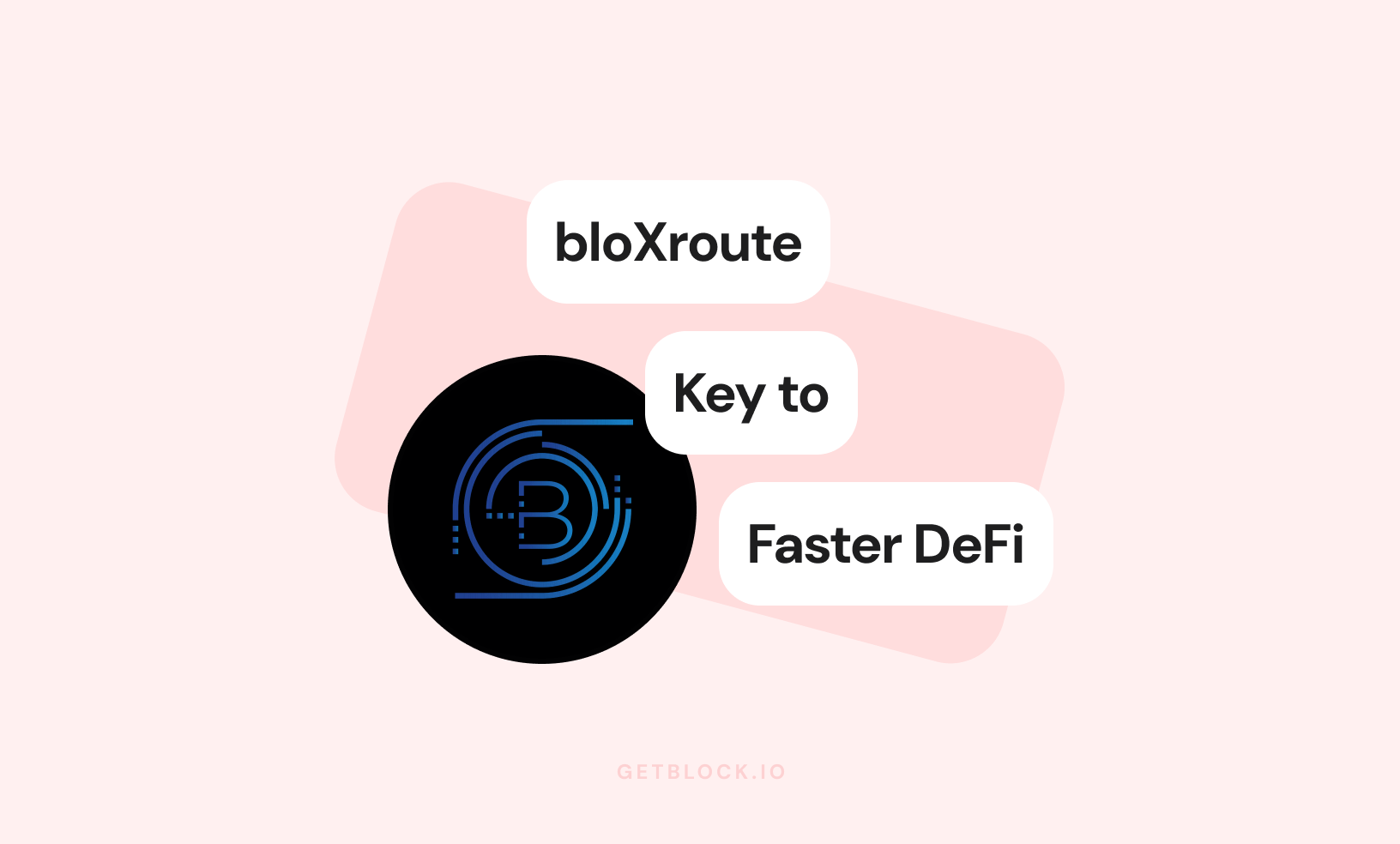bloXroute’s BDN: A Game-Changer in Blockchain Infrastructure
 Polly Roberts
Polly Roberts
In DeFi, being first matters, and robust infrastructure makes this difference. bloXroute’s Blockchain Distribution Network (BDN) enhances existing P2P networks to boost transaction propagation for platforms like Ethereum, Solana, TON, and various EVM chains. Transmitting transactions faster than traditional RPC endpoints leads to superior execution and higher block inclusion rates. Explore bloXroute’s technology, its key applications, and learn about the advantages it offers traders, MEV searchers, and developers in this guide.
What is bloXroute?
bloXroute is a technology firm dedicated to upgrading blockchain networks. By introducing a private data distribution layer—the BDN—bloXroute is able to propagate transactions and blocks on popular crypto networks extremely fast.
Image from bloXroute Labs
This low-latency infrastructure benefits:
Traders: Achieving faster execution and higher block inclusion rate.
Developers: Enhancing blockchain node performance and optimizing dApp operations.
Validators and block builders: Securing better block rewards with faster processing and highest value block building.
bloXroute works effectively with multiple blockchains, including Solana, Ethereum, BNB Chain, Polygon, and TON.
bloXroute’s Blockchain Distribution Network (BDN)
For bloXroute users, transactions are relayed through a fast, optimized network, beating the standard RPC setup. This core piece of the system is called Blockchain Distribution Network (BDN) – a private networking layer that operates alongside public blockchain protocols.
Here’s how it works:
Gateways are the entry point to BDN. This software runs on a user’s existing infrastructure and connects directly to the blockchain client;
Every Gateway registers with the bloXroute Control Plane that suggests the best Relays based on proximity and latency;
Relays, optimally located worldwide, ensure that data travels the most efficient routes.
Image from bloXroute Docs
The network has direct peering with validators, built-in compression, and advanced routing techniques, all aimed at minimizing latency. As a result, users still interact with the network via a regular node (e.g. Ethereum node) but relay transactions and blocks faster.
bloXroute’s product ecosystem
Other products within bloXroute are built on the core advantages of the BDN. Some of the key offerings are:
Trader API;
Private transactions;
Transaction bundles;
MEV protection;
Data streams;
MEV relays (bloXroute Max Profit and the Regulated Relays);
Validator gateway;
Block builder infrastructure.
This suite of products is giving different types of users an edge in DeFi and blockchain operations.
Key bloXroute use cases
bloXroute is a versatile solution that meets the evolving demands of today’s DeFi landscape. Let’s look at a range of its applications.
Trading
With BDN, transactions reach block producers hundreds of milliseconds faster, increasing the likelihood of successful trade execution. Private and bundle transaction modes help protect sensitive orders from front-running and other malicious tactics.
dApp development
Faster data means apps work more reliably. Users enjoy quick updates and smooth operations. Lower latency means decentralized applications can function more reliably even during high network traffic.
MEV activities
bloXroute’s low-latency network ensures transactions are broadcast and received faster than traditional methods. This speed can be the edge MEV searchers need to spot and act on arbitrage or liquidation opportunities before competitors.
Getting started with bloXroute
Users can add bloXroute to their blockchain setup in three ways:
Local setup: Those operating their own blockchain node can download and run the Gateway software.
Cloud API endpoints: This service allows users to broadcast transactions and subscribe to data streams.
Infrastructure providers: bloXroute can work with RPC node providers by adding its high-speed data propagation layer on top of their existing node infrastructure.
Users of top-tier RPC services like GetBlock can enjoy bloXroute’s cutting-edge capabilities – high-speed data propagation and better block inclusion – with minimal overhead.
GetBlock is offering easy access to over 50 blockchain networks for seamless dApp development and blockchain interactions. bloXroute integration is especially critical for Solana nodes to overcome congestion and block propagation delays. Not a GetBlock user yet? Join today and experience peak performance while the team of professionals takes care of all technical aspects.
The impact on the blockchain landscape
In summary, bloXroute offers a game-changing approach to blockchain infrastructure. Its BDN delivers unparalleled speed and reliability:
Accelerate transaction inclusion;
Providing a competitive edge for traders and developers who rely on timely data and execution.
In other words, bloXroute is making blockchain communication more reliable for all participants.
Subscribe to my newsletter
Read articles from Polly Roberts directly inside your inbox. Subscribe to the newsletter, and don't miss out.
Written by
